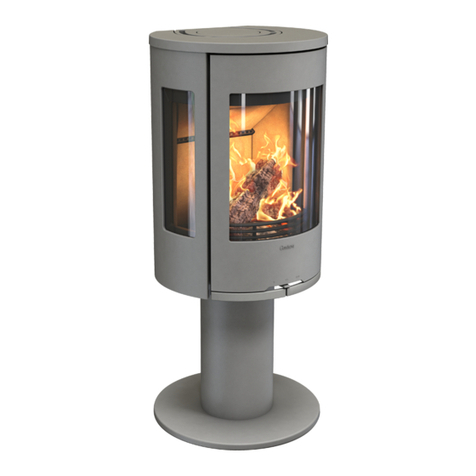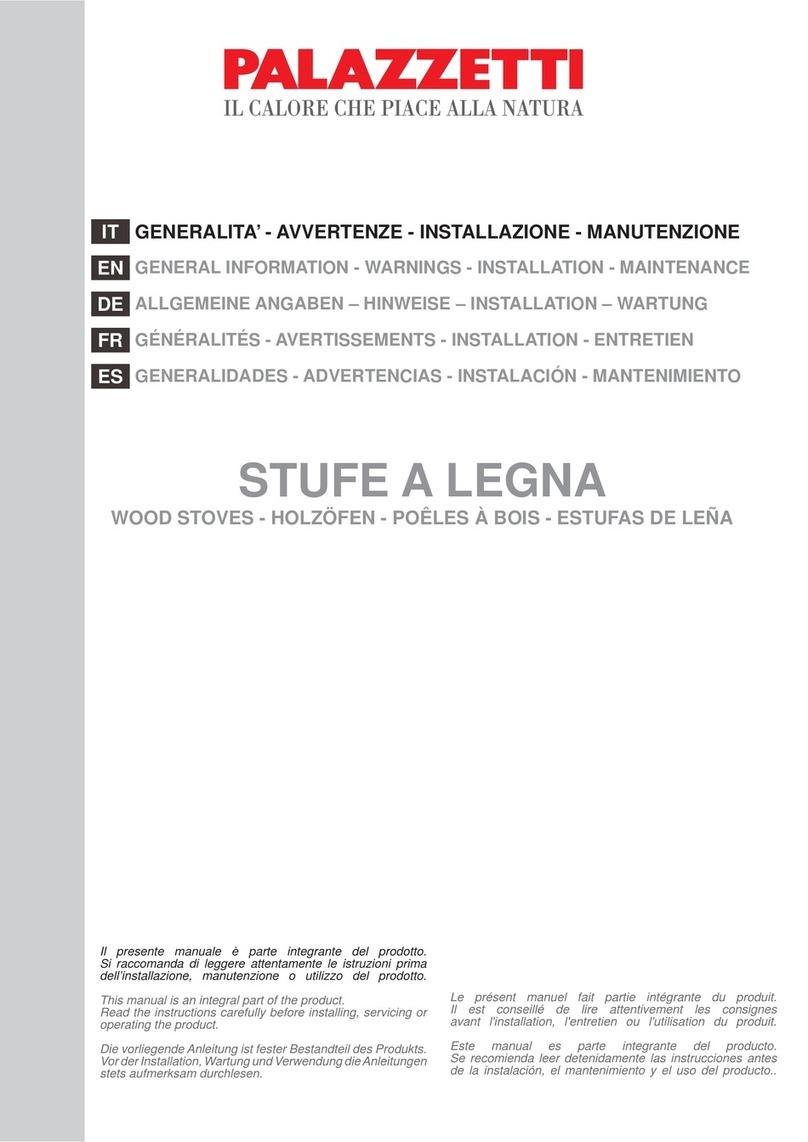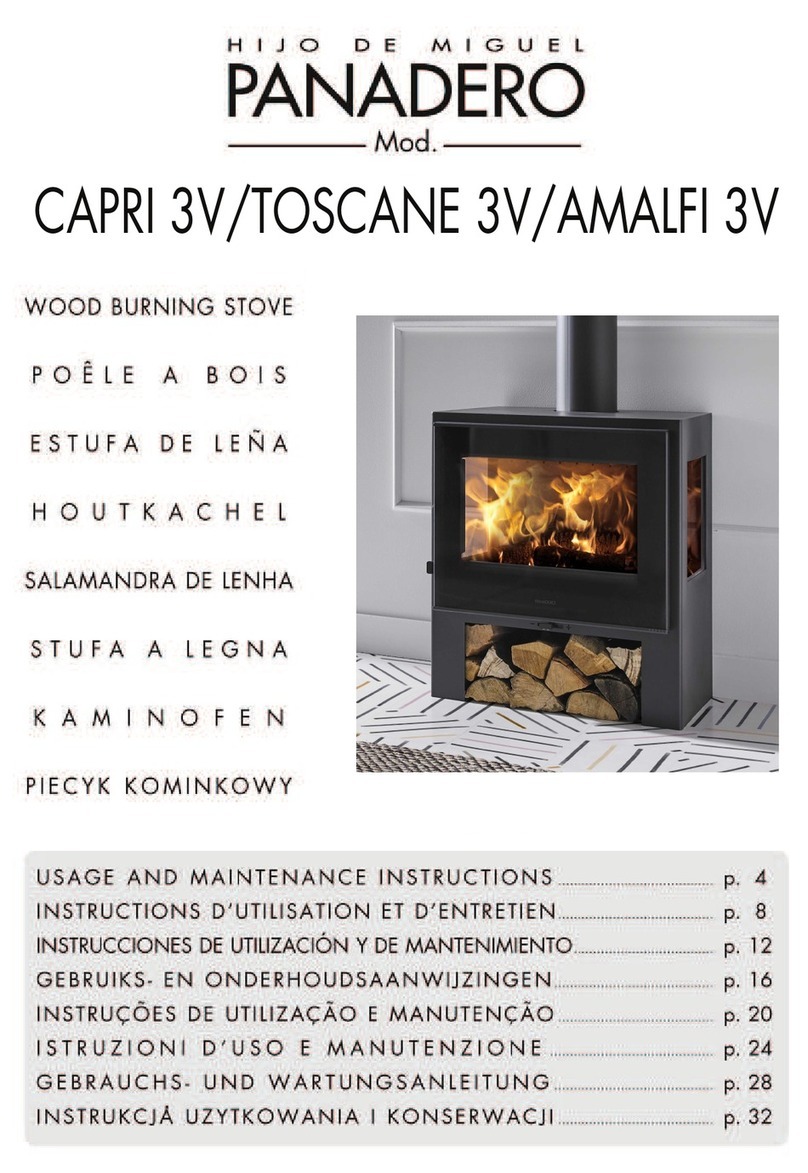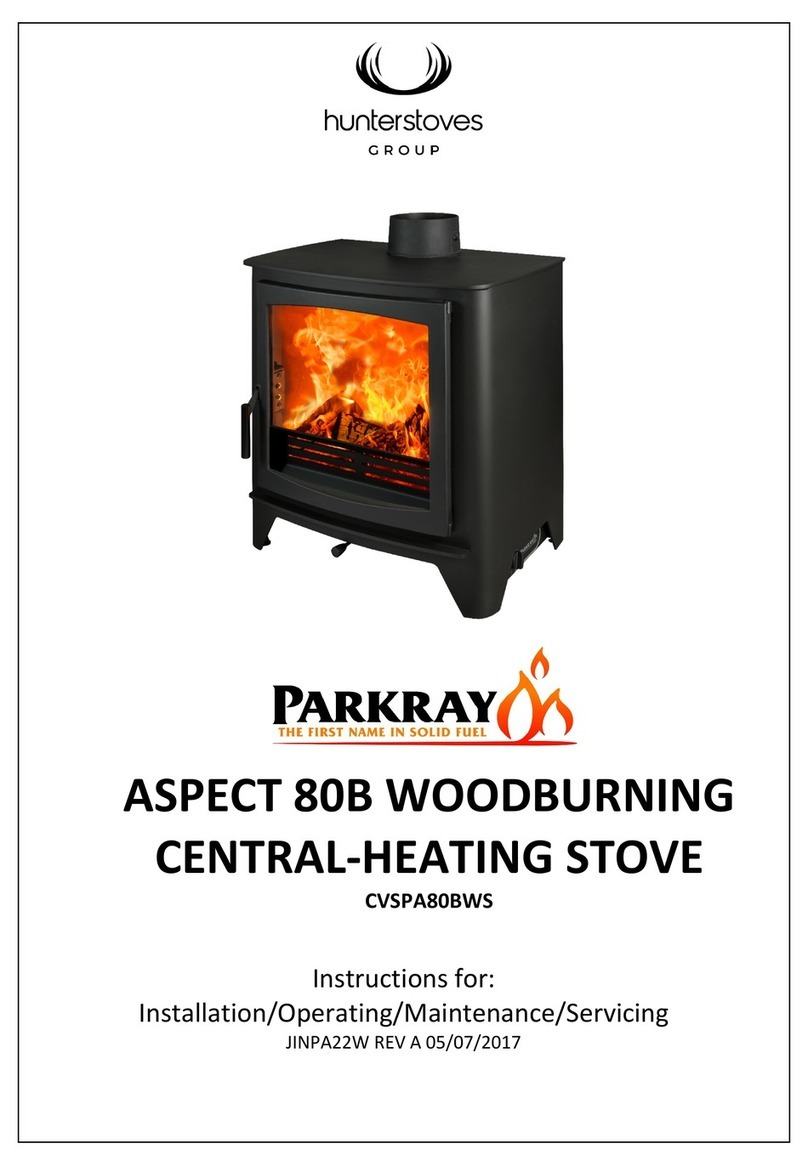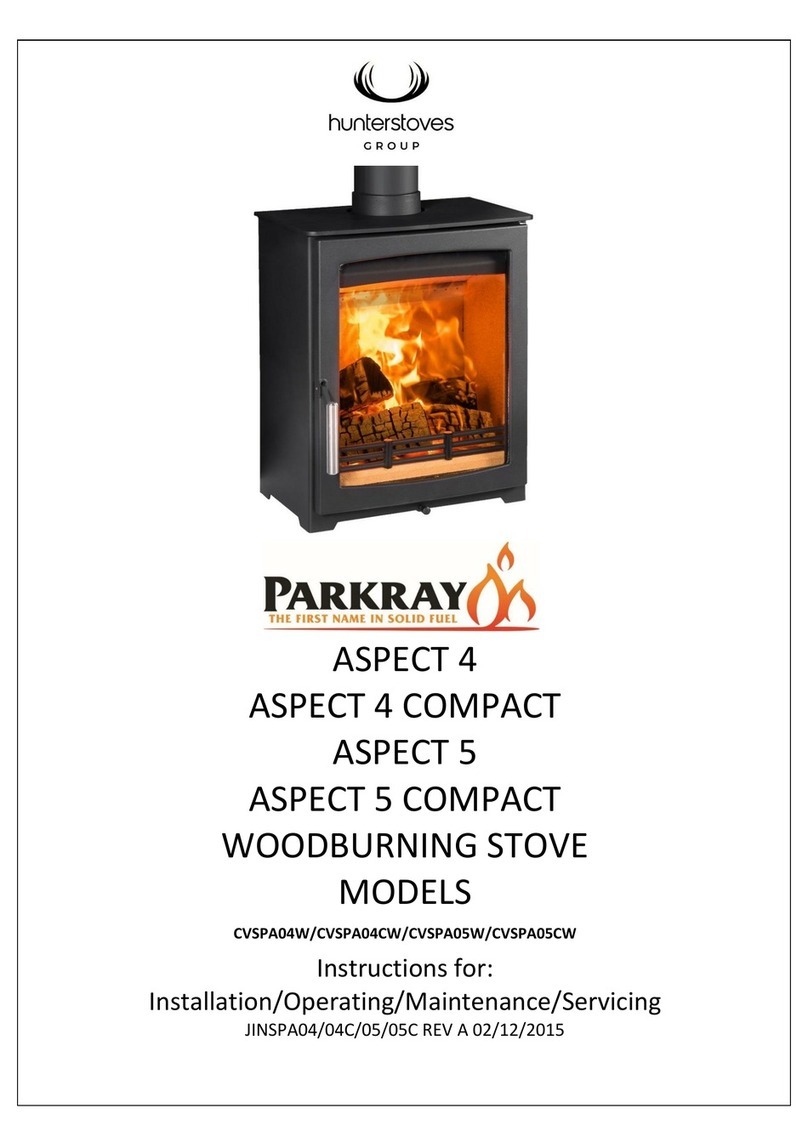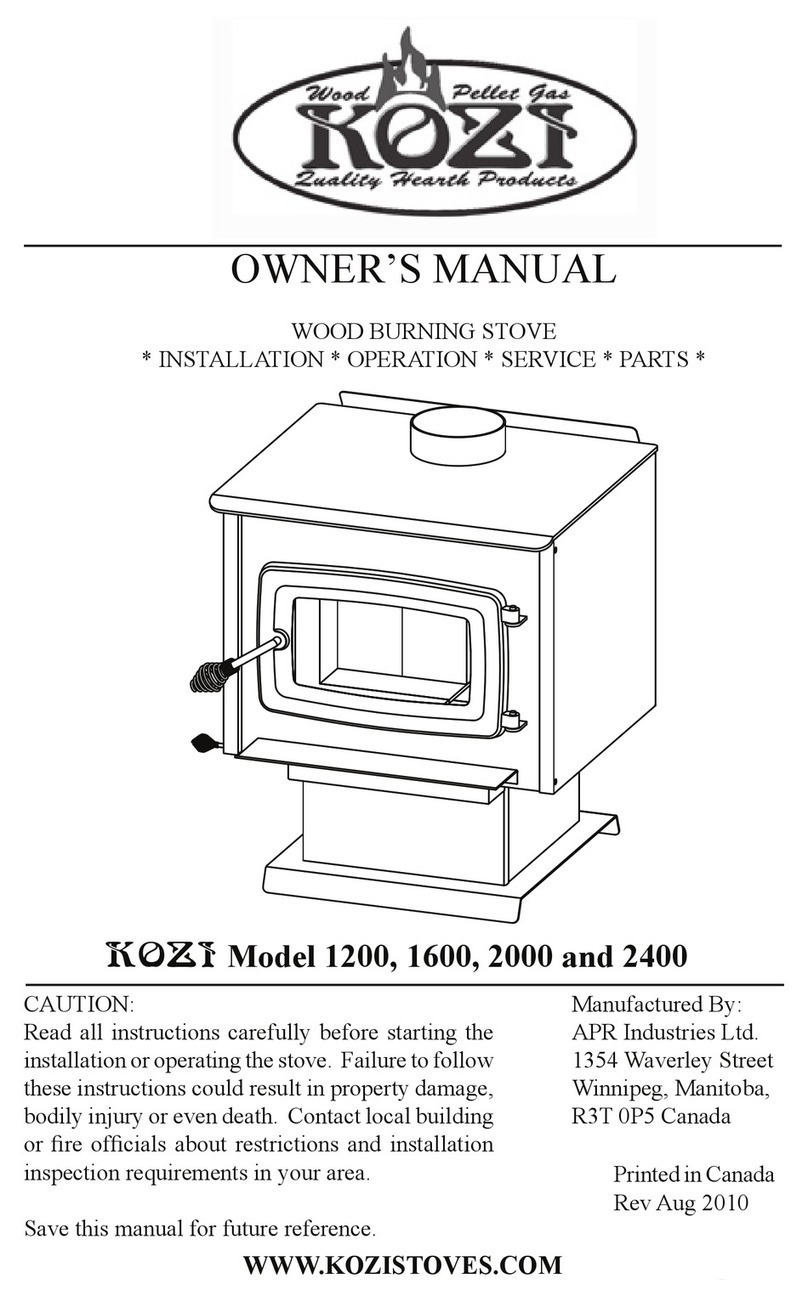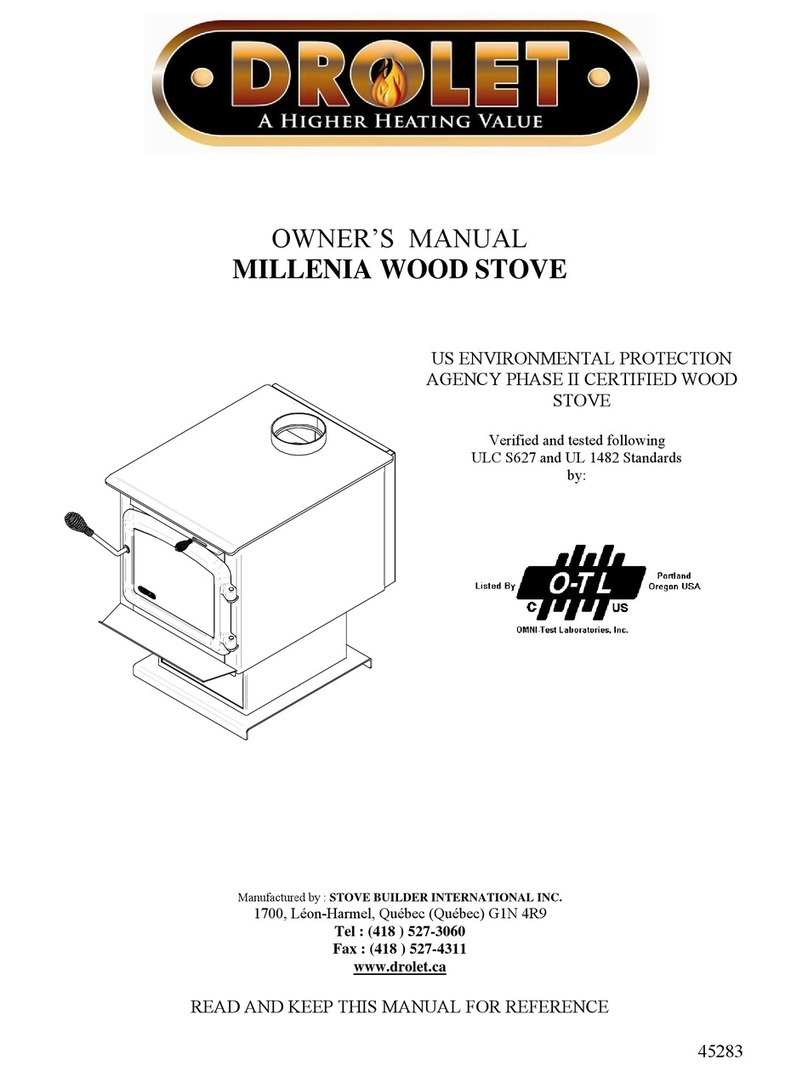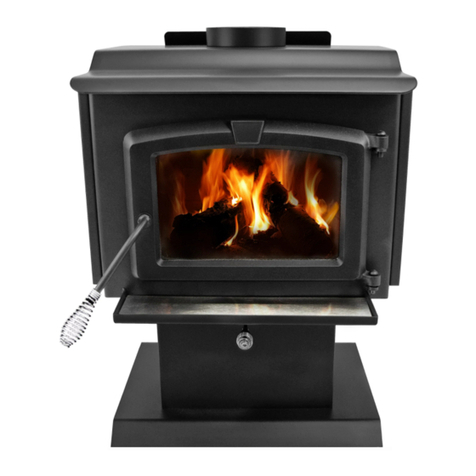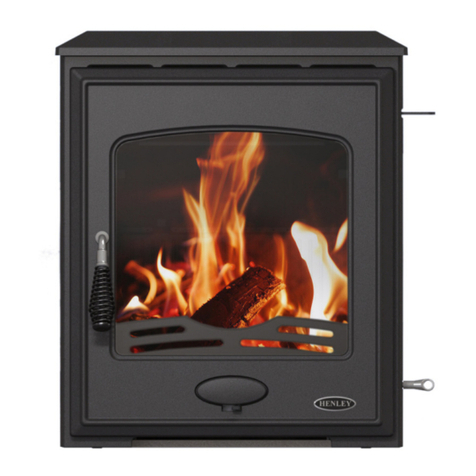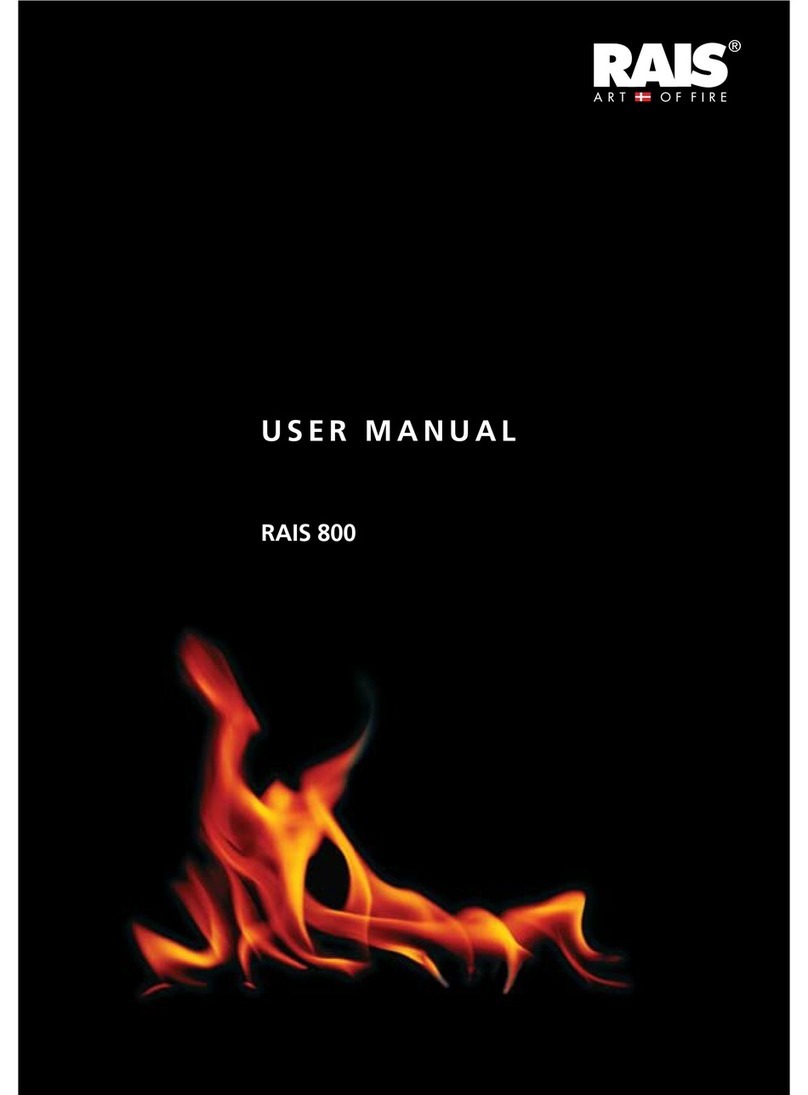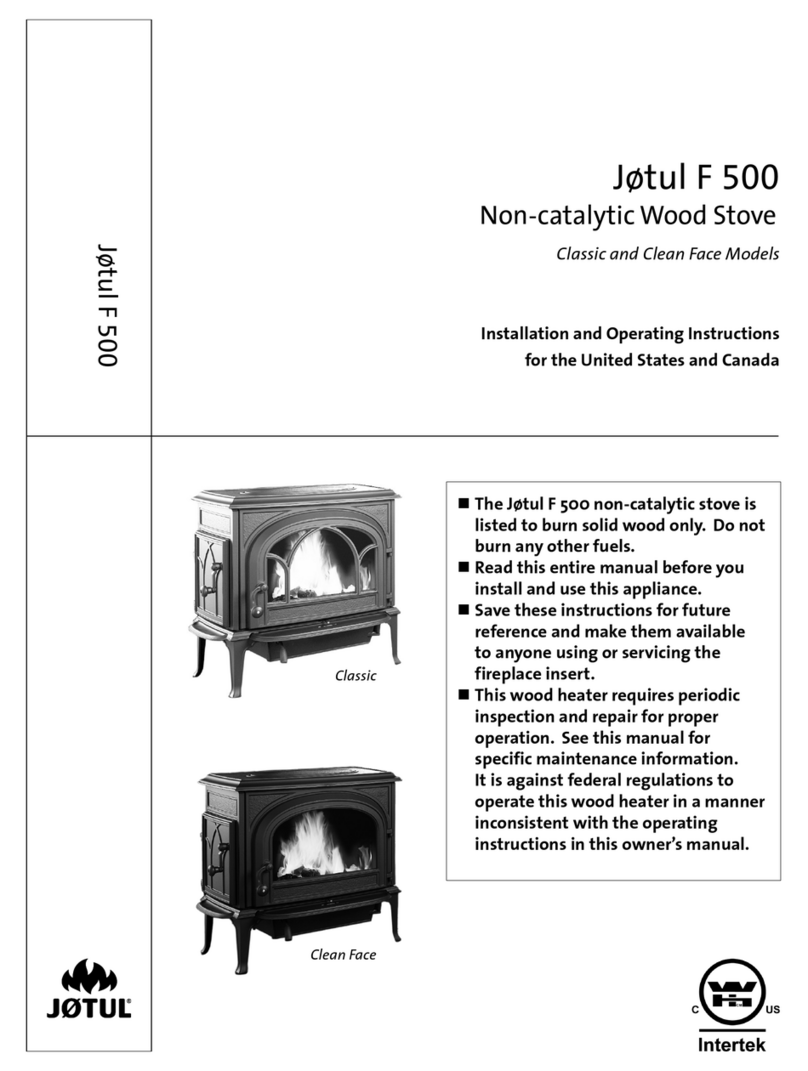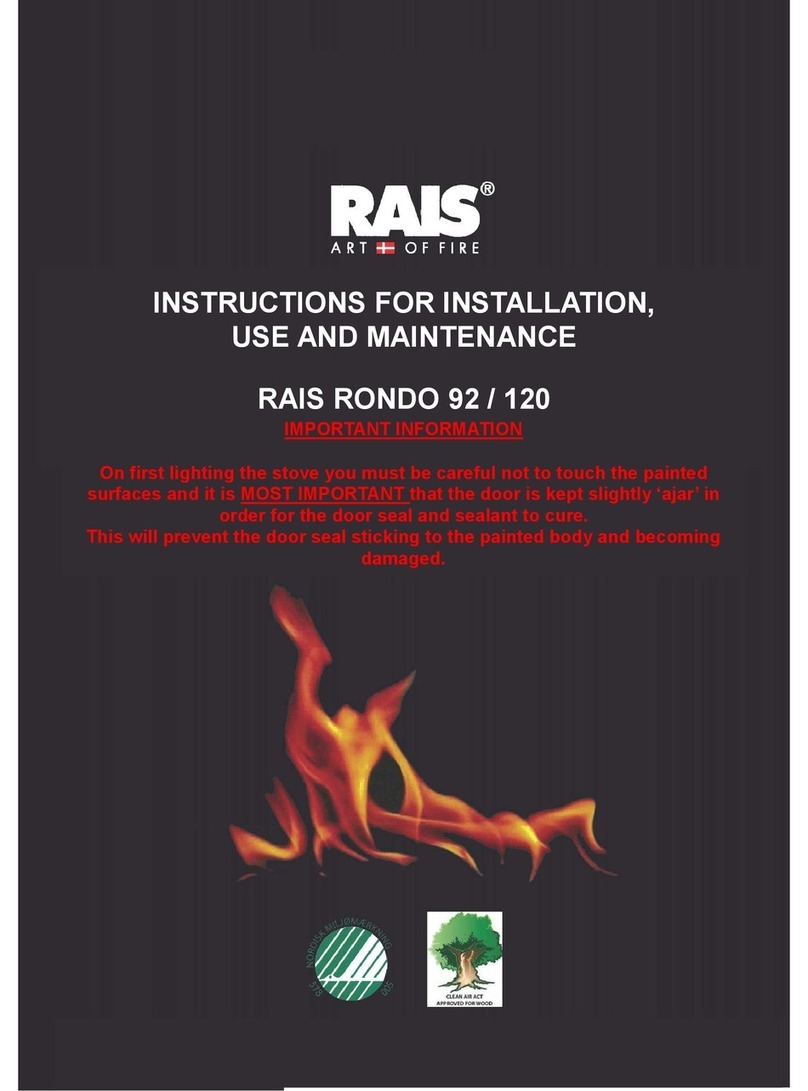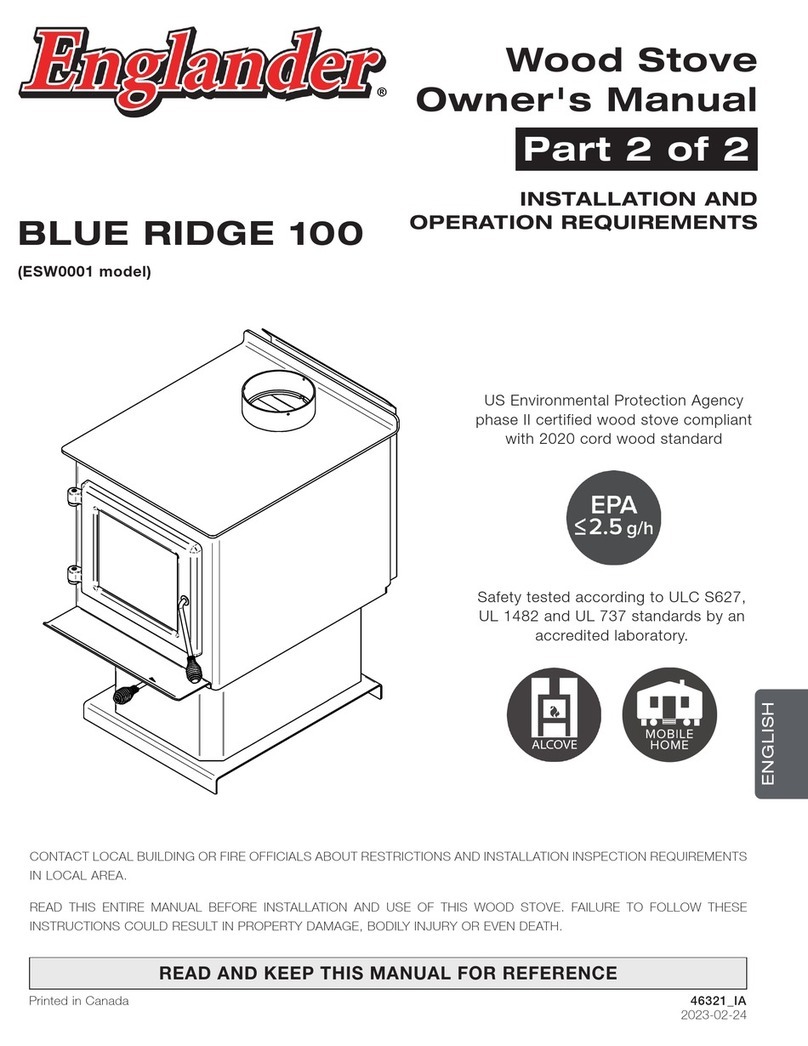
4
JINSTR05 Rev A 06/10/15
General Guidance
It is important that your stove is correctly installed as
Hunter Stoves Group cannot accept responsibility for any
fault arising through incorrect use or installation.
These instructions cover the basic principles to ensure
satisfactory installation of the stove, although detail may
need slight modification to suit particular local site
conditions.
The installation must comply with current Building
Regulations, national and European standards, Local
Authority byelaws and other specifications or regulations as
they affect the installation of the stove.
The Building Regulations requirements may also be met by
adopting the relevant recommendations in the current
issues of British Standards BS 8303 and BS EN 15287-1.
COMPETENT PERSONS SCHEME
Hunter Stoves Group recommend that this stove is installed
by a member of an accredited competent persons scheme
e.g. HETAS.
If the installer is not a member of a competent person’s
scheme, it is a legal requirement in the UK to notify your
local building control body in advance of any work starting.
HEALTH AND SAFETY PRECAUTIONS
Special care must be taken when installing the stove such
that the requirements of the Health and Safety at Work Act
are met.
PACKAGING
All packaging supplied with this stove can be re-used or
recycled. Please contact your local authority for
information on recycling schemes in your area.
HANDLING
Adequate facilities must be available for loading, unloading
and site handling.
FIRE CEMENT
Some types of fire cement are caustic and should not be
allowed to come into contact with the skin. In case of
contact, wash immediately with plenty of water.
ASBESTOS
This stove contains no asbestos. If there is a possibility of
disturbing any asbestos in the course of installation then
please seek specialist guidance and use appropriate
protective equipment.
METAL PARTS
When installing or servicing this stove, care should be taken
to avoid the possibility of personal injury.
AIR SUPPLY
The room or space containing this appliance should have
purpose provided ventilation (where necessary) in
accordance with Building Regulations.
Due consideration should be given to air requirements for
any other appliance in the same room or space.
Any air opening must be kept clear from blockage or
obstruction.
MODIFICATION
No unauthorized modification of this appliance should be
carried out.
SAFETY
WARNING –This appliance will be hot when in operation
and due care should be taken. The supplied operating
handle and gloves may be used to open the door and
operate the air controls.
AEROSOLS –Do not use an aerosol spray on or near the
stove when it is alight.
FIRES CAN BE DANGEROUS –Always use a fireguard in the
presence of children, the elderly or the infirm. The
fireguard should be manufactured in accordance with
BS8423 –Fireguards for use with solid fuel appliances.
DO NOT OVER-FIRE –it is possible to fire the stove beyond
its design capacity. This could damage the stove so watch
for signs of over-firing. If any part of the stove starts to
glow red, the stove is in an over-fire situation and the
controls should be adjusted accordingly. Never leave the
stove unattended for long periods without first adjusting
the controls to a safe setting. Careful air supply control
should be exercised at all times.
FUME EMISSION –properly installed and operated, this
appliance will not emit fumes. Occasional fumes from de-
ashing and refueling may occur. Persistent fume emission
must not be tolerated.
This is a closed appliance and should not be operated with
the door open
If fume emission does persist then the following action
should be taken immediately –
Open Doors and windows to ventilate room.
Let the fire out, or eject and safely dispose of fuel
from the appliance.
Check for flue/chimney blockage and clean if
required.


